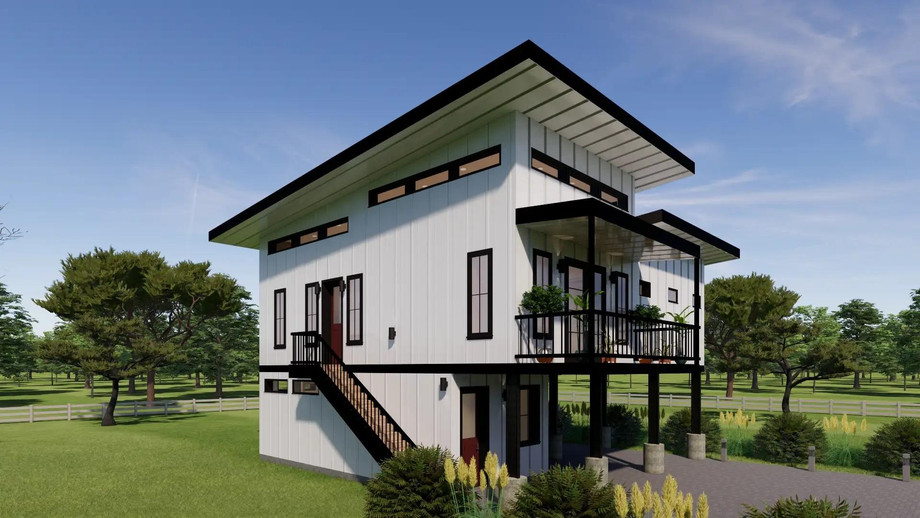The Resilient Elegance of Metal Barns A Testament to Modern Agricultural Innovation
In the ever-evolving landscape of agriculture, the metal barn stands as a symbol of resilience, efficiency, and modern innovation. Gone are the days when traditional wooden structures dominated the farmsteads; today, metal barns have emerged as a preferred choice for farmers and agricultural enthusiasts. This evolution is not merely a shift in aesthetics but a transformation grounded in practicality, durability, and sustainability.
One of the key attributes that make metal barns increasingly popular is their durability. Constructed from high-quality steel or aluminum, these barns are built to withstand the test of time and the unpredictable forces of nature. Unlike their wooden counterparts, metal barns are not susceptible to rot, decay, or insect infestations. This durability ensures that the structure remains intact, providing a secure and reliable shelter for livestock, equipment, and crops.
Metal barns also excel in versatility. Their modular design allows for easy customization to suit specific needs and preferences. Whether it's a storage facility, a livestock shelter, or a machinery workshop, metal barns can be tailored to accommodate various agricultural requirements. The open-span design provides ample space, allowing for efficient storage and easy maneuverability of equipment and machinery. This adaptability is a crucial factor in meeting the diverse needs of modern farming practices.
Another notable advantage of metal barns is their low maintenance requirements. Unlike traditional barns that demand regular painting, sealing, and other upkeep tasks, metal barns typically require minimal maintenance. The inherent resistance to pests and decay means that farmers can allocate their time and resources more efficiently, focusing on the core aspects of agricultural production rather than spending it on continuous upkeep.
Metal barns also contribute significantly to sustainability in agriculture. The materials used in their construction are often recyclable, reducing the environmental impact associated with traditional building materials. Additionally, the energy efficiency of metal barns can be enhanced through the incorporation of insulation materials, ensuring optimal temperature control within the structure. This energy efficiency not only reduces utility costs but also aligns with the growing trend of environmentally conscious farming practices.
The speed of construction is yet another feather in the cap of metal barns. Traditional barns can take months to build, causing disruptions to daily farming operations. In contrast, metal barns can be erected relatively quickly due to their pre-engineered components and simple assembly process. This quick turnaround time minimizes downtime and allows farmers to swiftly integrate the new structure into their operational plans.
The rise of metal barns in the agricultural landscape is not just a trend but a transformative shift towards more efficient, durable, and sustainable farming practices. These structures are a testament to the adaptability of the agricultural sector, embracing modern materials and technologies to enhance productivity and resilience. The metal barn stands tall as a symbol of progress, embodying the fusion of tradition and innovation in the pursuit of a more robust and sustainable future for agriculture.
For more info:-

.jpg)
Comments
Post a Comment